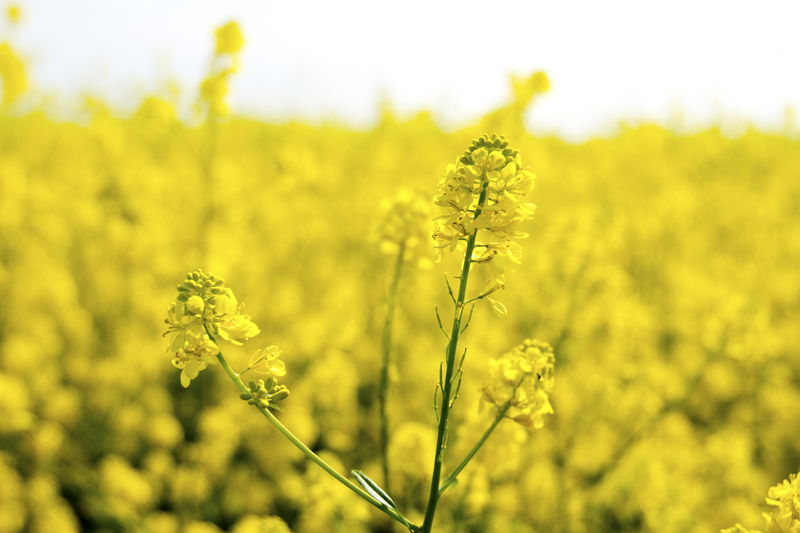The stock photography business is a competitive one. Improvements in the performance and price of camera technology have significantly lowered the barrier to entry, and as a result the supply of images available online continues to grow rapidly.
In order to compete in this market, you must not only take great pictures, but also have them found by potential clients. This is where understanding search engine optimization (SEO) criteria can help.

Fortunately SEO is a science not a kind of magic and following a few simple guidelines can help to greatly improve your image search performance.
Titles matter. The title is the most heavily weighted field when it comes to identifying what is in an image. While limited in size – usually around 55 characters – this field should be used to clearly identify the primary and any secondary subjects in the image. Avoid using terms like “beautiful” or “majestic”, they add no value since they are not terms used by people to search on and they take valuable real estate in this field

Descriptions should be as descriptive as possible and written in complete sentences. The above image should not be described as “Beautiful yellow flowers found in the English countryside while taking a long afternoon hike on a nice day”. It should read more “Yellow canola or rapeseed flowers blooming in agricultural field on sunny day.” Think like an end user, use the words they might use when searching for your image.
If selling across multiple sites, use unique titles and descriptions. Using the exact same verbiage across multiple sites cause the image ranking to decrease in the search results. You don’t need to make dramatic differences, but make sure each one is slightly different to improve placement.

Aim for between 10-30 accurate keywords. Again, avoid words that will never be used by customers to search on like “pretty”. Describe what is in the picture, what the major color themes are, and what concepts or metaphors they may represent. Use tools like wikipedia.org or a good thesaurus to suggest complimentary words. Online tools like ubersuggest.org and soovle.com allow you by entering words or phrases and having them provide suggestions based on related searches from Google, Yahoo, Bing and others. Just be careful not to simply cut and paste irrelevant keywords, this will hurt rather than help your results.
Tweet, share, like, pin, post – feed the machine through social media. The more your content is out there for search engines to find, the better chance you will have that they will be found by paying customers.











